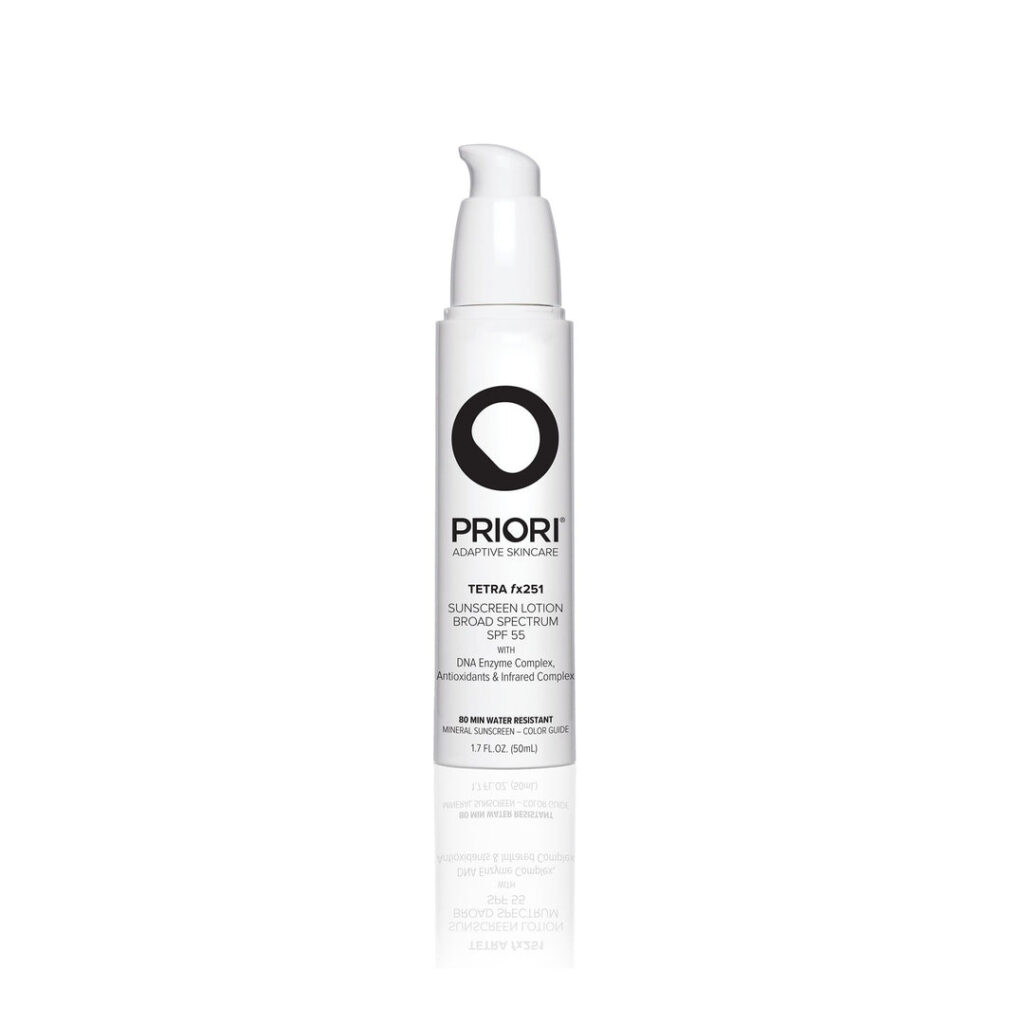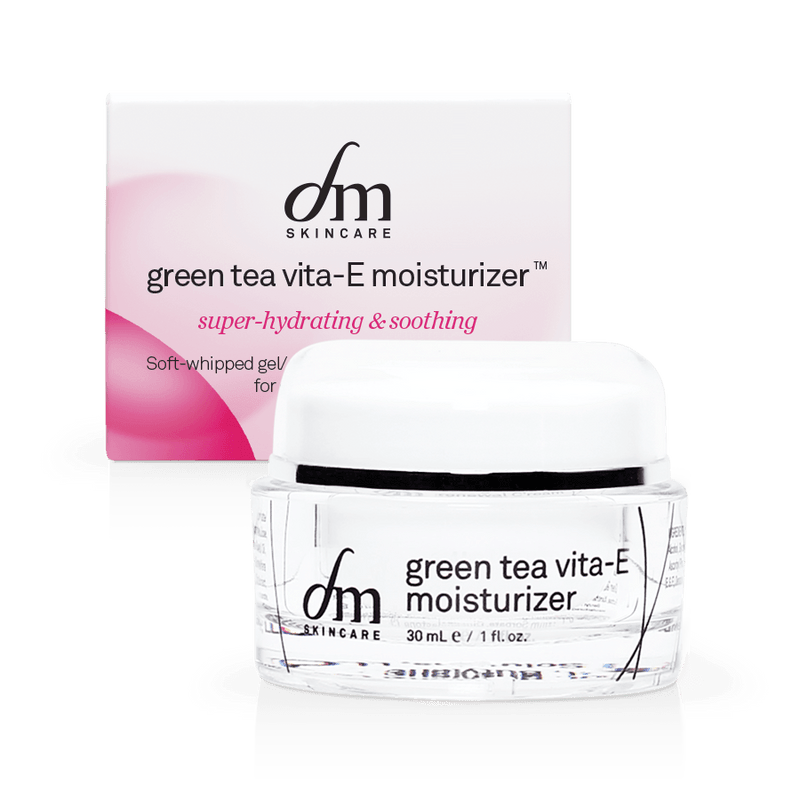Fight Sugar Related Skin Sag
By: Dr. Melissa Durfey DACM, LE
In honor of American Diabetes Month, I wanted to take a few minutes to chat with Coralai about sugar and the skin. We know that simply eating sugar doesn’t cause diabetes, however, there are some skin issues that become more prevalent for people with diabetes, and many of them have to do with how the body processes sugar. Some skin challenges can arise or worsen when a person has diabetes including itching and infections, but there is another challenge that comes with sugar consumption that doesn’t get talked about often. It’s called glycation.
Glycation is a type of reaction in the body that creates something called Advanced Glycation Endproducts or AGEs. These AGEs (or “sugar sag”) can be present in all skin types and textures. Glycation in the skin can be especially noticeable in those with uncontrolled diabetes or those with additional challenges including renal disease and chronic obstructive pulmonary disease.

Glycation reactions happen in the body when excess sugar is consumed and cannot be processed in a timely fashion by the body. As mentioned above, we know that simply consuming sugar doesn’t cause diabetes. However, those that are diabetic are more susceptible to creating more AGEs due to their trouble processing high glycemic index foods. While AGEs were originally seen to be directly correlated to diabetic complications, current evidence has shown that there are many other issues that can be indicated by the presence of AGEs on the skin. Recent studies have shown that excess AGEs can also be created in the body by UV exposure, cooking methods like grilling, frying, and roasting, as well as found naturally in aging skin.
What do AGEs do to the skin?
When AGEs are created in the body, they set off a cascade of damage that affects and modifies both collagen and elastin. AGEs also slow wound healing and cellular turnover, resulting in textural changes in the skin. Skin can appear like the texture of an orange peel or have areas of hardening with the potential of further tissue breakdown.
Once this process has started, it is difficult to stop the cycle as the sugars attach themselves to these other molecules and keep them from repairing themselves. This can cause changes in sebum (oil) output, as well as inflammatory changes including acne flare ups and unhealthy melanin production (hyperpigmentation).

How do we combat AGE production?
The most important piece of combating AGE production is balancing your food intake. While no food is “bad” overall, and even though sugar can be delicious, it is important for your skin’s health to be mindful of your intake of simple sugars. If able, make sure you are balancing your sugar intake with other food groups and choosing to add some antioxidant-rich foods to combat the creation of AGEs.
From an East Asian Medicine (EAM) standpoint, sweet tasting foods in general can weaken or cause a deficiency to the body’s qi (or life force/energy), specifically the qi of the energetic Spleen. According to EAM, when this energy is disrupted it can cause issues throughout the body including skin texture issues. In order to offset the imbalances that sweetness can cause, you can bring more balance to your body by adding warming and pungent foods to your diet. Some of these foods include cinnamon, ginger, garlic, and chiles. If you would like more information and suggestions about Spleen Qi Deficiency, please check out my video on YouTube.
Another simple thing that you can do is to incorporate AGE-inhibiting ingredients into your skincare routine. Antioxidants are the key to getting off the AGE creation train, and there are a few antioxidants like carnosine that specifically shine on anti-glycation. Here at Coralai, we are proud to have some amazing antioxidant products. I’ll share a couple of my favorites below:
Let’s start with the one that contains that glycation-fighting di-peptide called carnosine: Priori’s TETRA Broad Spectrum SPF 55 with Universal Skin Tint is a fabulous broad spectrum mineral-based sun protection product that has the added benefits of combating blue light, heat, and pollution. It has a beautiful finish and just a touch of tint for that no makeup glow!

Priori’s TETRA Broad Spectrum SPF 55 with Universal Skin Tint
Next up is dmSkincare’s Green Tea Vita-E Moisturizer. This lovely formula is chock full of antioxidants including one of my personal favorites: green tea. It has a silky texture and is a lovely non-irritating addition to your nighttime regimen.

dmSkincare’s Green Tea Vita-E Moisturizer
Finally another great choice from Priori: DNA Intense Recovery Cream: Lemon Balm, Vitamin C & E. This is a luxury skin balm that has everything you need to hydrate and boost your skin’s protection against free radicals and other environmental aggressors.

DNA Intense Recovery Cream
I hope this bulletin inspires you to take great care of your skin and yourself. Please feel free to reach out with any questions or book a session with me, so I can help you find the best regimen for your specific skin challenges!
Cheers,
Dr. Melissa
About the author: Dr. Melissa Durfey DACM, LE is the founder of multiple inclusive brands including My Self Care Doc, and Mage & Maven Bespoke Botanicals. Dr. Melissa is a multi-award-winning board-certified East Asian Medicine provider and esthetician who has been practicing her unique blend of integrated cosmetology for over a decade. She received her Doctorate of Acupuncture and Chinese Medicine from Pacific College of Health and Science in 2022, her Master of Science in Oriental Medicine from Oregon College of Oriental Medicine in 2012, her esthetics diploma from Portland Beauty Academy in 2009, and her bachelor’s degree in Community Health Education from Portland State University in 2004.
Melissa’s clinical passion is inclusive medicine, and her practice is designed to celebrate beauty and wellness beyond western standards. She currently lives and works in beautiful Petaluma, California with her husband Sam, a certified cannabis educator. When she is not at the office you can often find her out wine tasting, at a community event or at a local karaoke bar.
Resources:
Babizhayev, M. A., Deyev, A. I., Savel’yeva, E. L., Lankin, V. Z., & Yegorov, Y. E. (2012). Skin beautification with oral non-hydrolized versions of carnosine and carcinine: Effective therapeutic management and cosmetic skincare solutions against oxidative glycation and free-radical production as a causal mechanism of diabetic complications and skin aging. The Journal of dermatological treatment, 23(5), 345–384.
https://www.tandfonline.com/doi/abs/10.3109/09546634.2010.521812?journalCode=ijdt20
Nguyen, H. P., & Katta, R. (2015). Sugar Sag: Glycation and the Role of Diet in Aging Skin. Skin therapy letter, 20(6), 1–5. https://www.skintherapyletter.com/aging-skin/glycation/
Yamagishi, S., & Matsui, T. (2016). Pathologic role of dietary advanced glycation end products in cardiometabolic disorders, and therapeutic intervention. Nutrition (Burbank, Los Angeles County, Calif.), 32(2), 157–165.
https://www.sciencedirect.com/science/article/abs/pii/S0899900715003366?via%3Dihub
